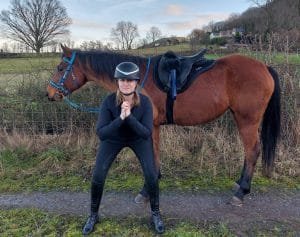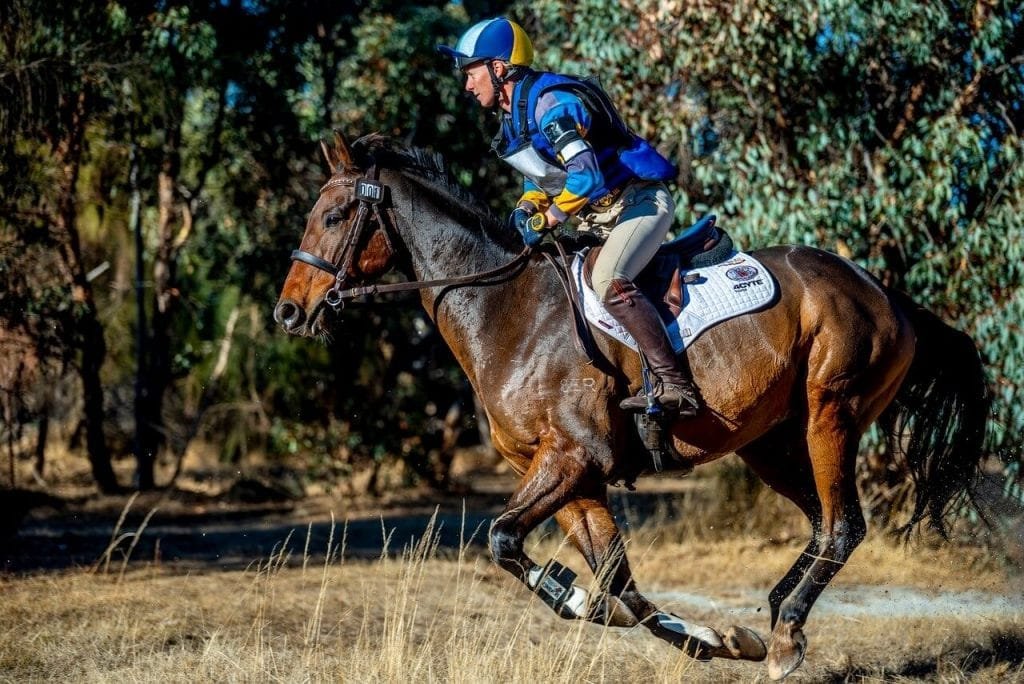Horse riding is not just about being able to stay on a horse;
It requires a high level of fitness and conditioning. Whether you ride for pleasure, competition, or work, being physically fit can enhance your riding experience and improve your horse’s performance. Here’s why fitness and conditioning are so important for horse riders.
Physical Demands of Riding
When you ride a horse, your body engages in various physical activities. You need strength, balance, and flexibility to control the horse and maintain your position in the saddle. Riders use their legs to grip the horse, their core to stay stable, and their arms to guide and communicate with the horse. This means that strong muscles, good balance, and flexibility are crucial.
Strength Training
Strength training helps riders build the muscles they need. Strong legs allow for better control of the horse, while a strong core helps maintain stability. Upper body strength is also important for holding the reins and steering the horse effectively. Incorporating exercises like squats, lunges, and planks into a fitness routine can significantly improve a rider’s strength.
Balance and Coordination
Riders must also have excellent balance and coordination. Good balance helps prevent falls and allows for smooth movements. Simple exercises like yoga or Pilates can enhance balance and flexibility. These activities also teach riders how to engage their core muscles, which are essential for staying centered on the horse.
Cardiovascular Fitness

Riding can be physically demanding, especially during intense workouts or competitions. Cardiovascular fitness is important to ensure that riders have the stamina to ride for extended periods. Activities like running, cycling, or swimming can improve heart health and endurance. A rider with good cardiovascular fitness can focus better, respond quicker, and stay alert during rides.
Mental Conditioning
Fitness isn’t just about physical strength; mental conditioning is equally important. Riding requires concentration, quick decision-making, and a calm mind. Regular exercise can reduce stress and anxiety, making it easier for riders to stay focused while riding. Practices like meditation or mindfulness can also help riders develop a strong mental game.
Injury Prevention
Being fit helps prevent injuries. Riders who are physically conditioned are less likely to suffer from strains or sprains. Strengthening exercises can improve muscle resilience, while flexibility training can increase range of motion, reducing the risk of injury during falls or sudden movements. It’s also important for riders to warm up and cool down properly to protect their bodies.
Bonding with the Horse
A fit rider can communicate better with their horse. Horses respond to subtle shifts in their rider’s weight and position, and a fit rider can make these adjustments more smoothly. This improves the overall riding experience for both the rider and the horse, leading to a stronger bond and better performance.
Setting Goals
Riders can set fitness goals to enhance their riding skills. Whether it’s to improve strength, increase stamina, or enhance flexibility, having specific goals can motivate riders to stay active. Regular fitness assessments can help track progress and keep riders engaged in their fitness journey.
In fitness and conditioning are essential for horse riders of all levels. A fit rider can enhance their riding experience, improve their horse’s performance, and reduce the risk of injury. By focusing on strength, balance, cardiovascular fitness, and mental conditioning, riders can become more effective and confident in the saddle. So, whether you ride for fun or competition, investing in your fitness will pay off in many ways. Embrace a fitness routine that works for you, and enjoy the benefits it brings to your riding!




